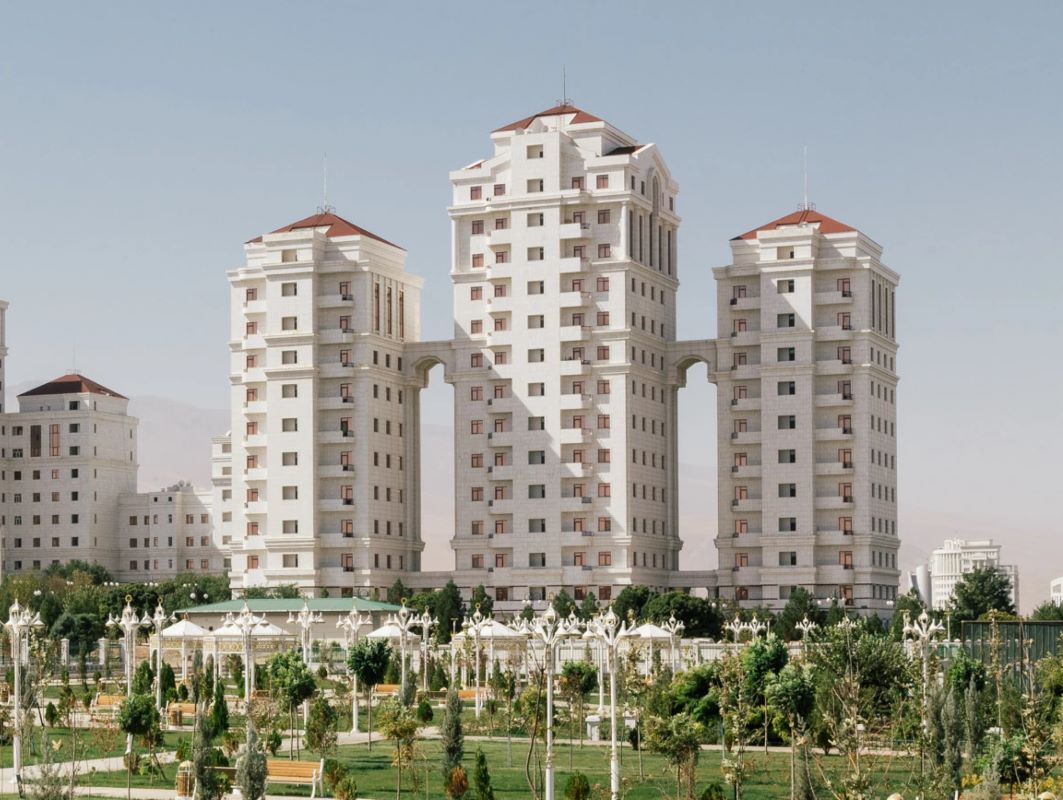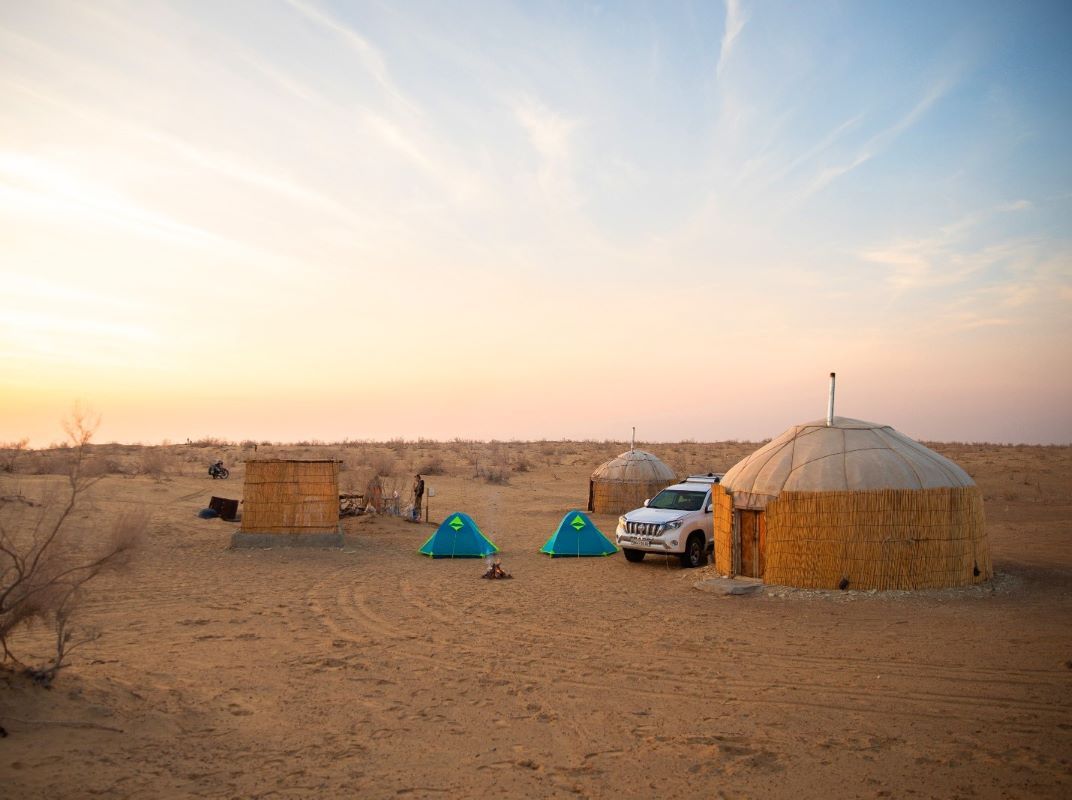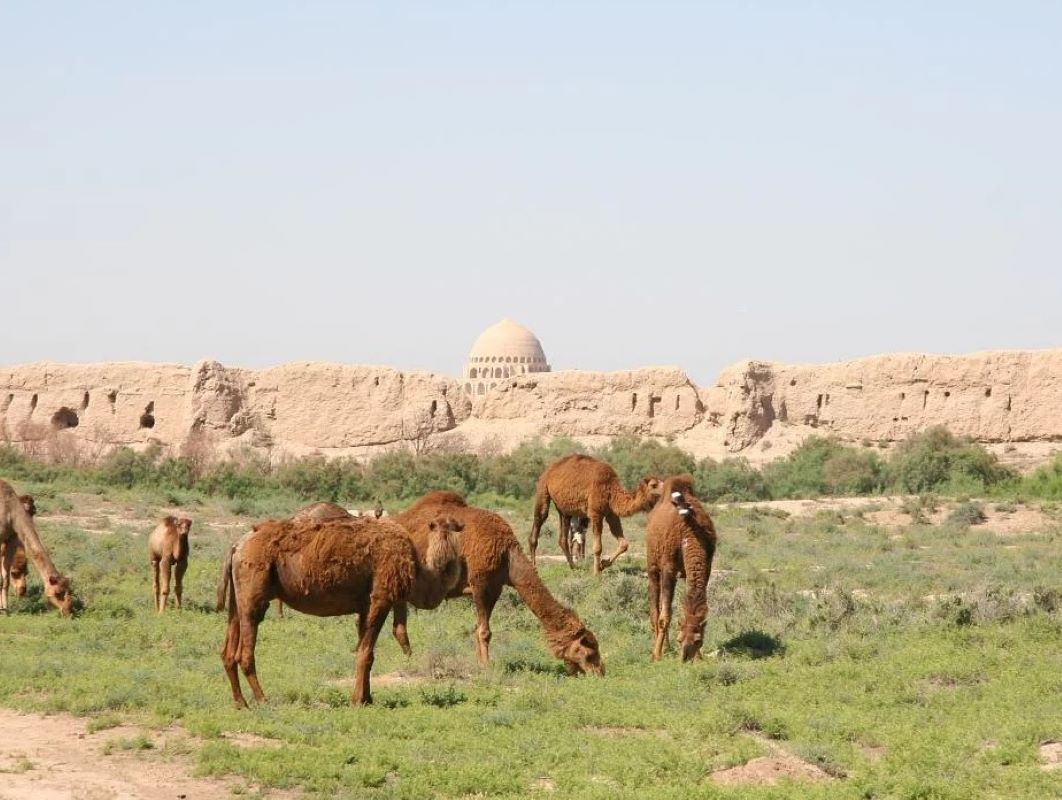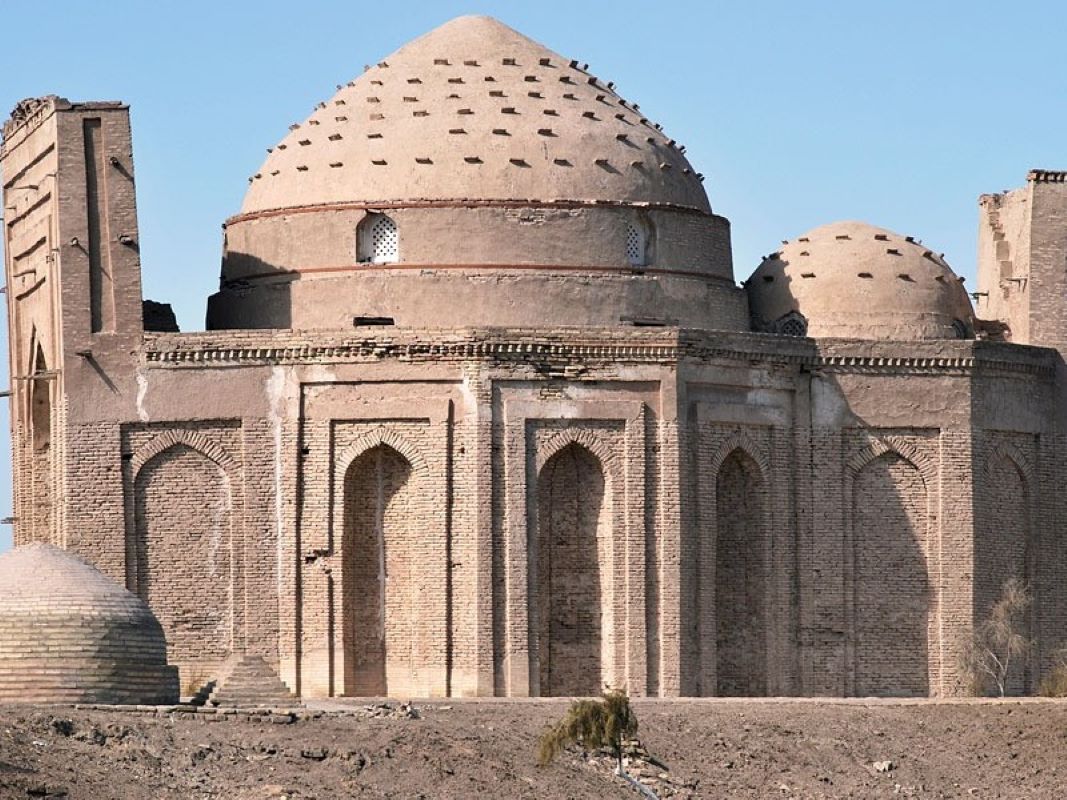Ashgabat’s White Marble Architecture: A Symbol of Grandeur and Prestige
Ashgabat, the capital of Turkmenistan, is a city that seems almost unreal, thanks to its stunning, white marble architecture. Known as the “City of White Marble,” Ashgabat’s skyline is dominated by gleaming buildings made entirely of this striking material, creating a sense of majesty and elegance. This architectural wonder has turned Ashgabat into a unique and awe-inspiring destination for travelers from around the world. If you’re visiting Turkmenistan, Ashgabat’s white marble architecture is an essential part of the city’s identity and a must-see for anyone fascinated by modern, monumental design.
History and Significance of White Marble Architecture in Ashgabat
The story of Ashgabat’s transformation into a white marble city began in the early 2000s when the country’s former president, Saparmurat Niyazov, made a conscious decision to replace the city’s Soviet-era buildings with stunning white marble structures. This architectural overhaul was part of a broader effort to showcase Turkmenistan’s national pride and develop Ashgabat into a symbol of modernity and wealth.
White marble, a material associated with purity, grandeur, and stability, was chosen to represent the country’s new direction. The city began to take on its current appearance during the late 1990s and early 2000s, and over the next two decades, it would become a living tribute to Turkmenistan’s power, its resources (notably natural gas), and its modern ambitions. The result is a city where almost every major building, from government structures to public monuments, is made from this gleaming stone.
Key Landmarks of Ashgabat’s White Marble Architecture
The Arch of Neutrality
Standing proudly at the heart of Ashgabat, the Arch of Neutrality is one of the most iconic symbols of the city’s white marble architecture. This monumental structure, completed in 2010, rises 75 meters into the sky and symbolizes Turkmenistan’s policy of neutrality in international affairs. The arch is crowned by a gold-plated statue of the former president, which rotates to always face the sun. The arch is both a striking and deeply symbolic piece of modern architecture in Ashgabat.The Turkmenistan Tower
Another standout feature in Ashgabat’s skyline is the Turkmenistan Tower, a broadcast tower that also serves as a cultural landmark. Standing 211 meters tall, it is one of the tallest structures in the city and is covered in gleaming white marble. The tower is a representation of Turkmenistan’s growing importance on the world stage and a symbol of the country’s technological advancement.The State Museum of Fine Arts
This impressive building is an excellent example of how Ashgabat incorporates white marble into public structures. The State Museum of Fine Arts houses a vast collection of Turkmen and international art, and its exterior reflects the elegance and prestige of its collection. The building is an architectural marvel, with spacious interiors and a tranquil courtyard that invite visitors to appreciate both art and design.The Presidential Palace
The Presidential Palace in Ashgabat, a vast white marble complex, is another stunning example of the city’s architectural grandeur. Built with a blend of modern and classical styles, the palace is an impressive sight. Its marble columns, sweeping steps, and expansive gardens make it one of the most photographed locations in the city.The Ruhy Mosque
The Ruhy Mosque, also known as the Turkmenbashi Ruhy Mosque, is a magnificent structure built using white marble. This mosque, one of the largest in Turkmenistan, combines Islamic architectural traditions with Turkmen design elements. It’s not only a place of worship but also an architectural landmark in Ashgabat, offering visitors a chance to witness the city’s cultural richness and architectural beauty.Ashgabat Hippodrome
The Ashgabat Hippodrome, a world-class equestrian venue, is another example of Ashgabat’s commitment to white marble architecture. While primarily known for hosting horse races and cultural events, the hippodrome’s striking white marble grandstands, entry gates, and statues contribute to the elegance of the city.The Wedding Palace
For something a bit different, head over to the Wedding Palace, a lavishly decorated building made entirely of white marble. This stunning structure is the setting for the country’s most luxurious weddings, and its gleaming marble exterior is complemented by intricate interiors that blend traditional Turkmen motifs with modern design.
Plan Your Visit with Nomads Life
If you’re planning a trip to Ashgabat and want to explore the white marble architecture, Nomads Life can help you create the perfect itinerary. From guided tours to cultural experiences, we offer tailored travel services that will help you make the most of your visit. Our expert team is here to ensure that your trip is both memorable and hassle-free.
Contact us today to plan your tour of Ashgabat’s architectural wonders!





